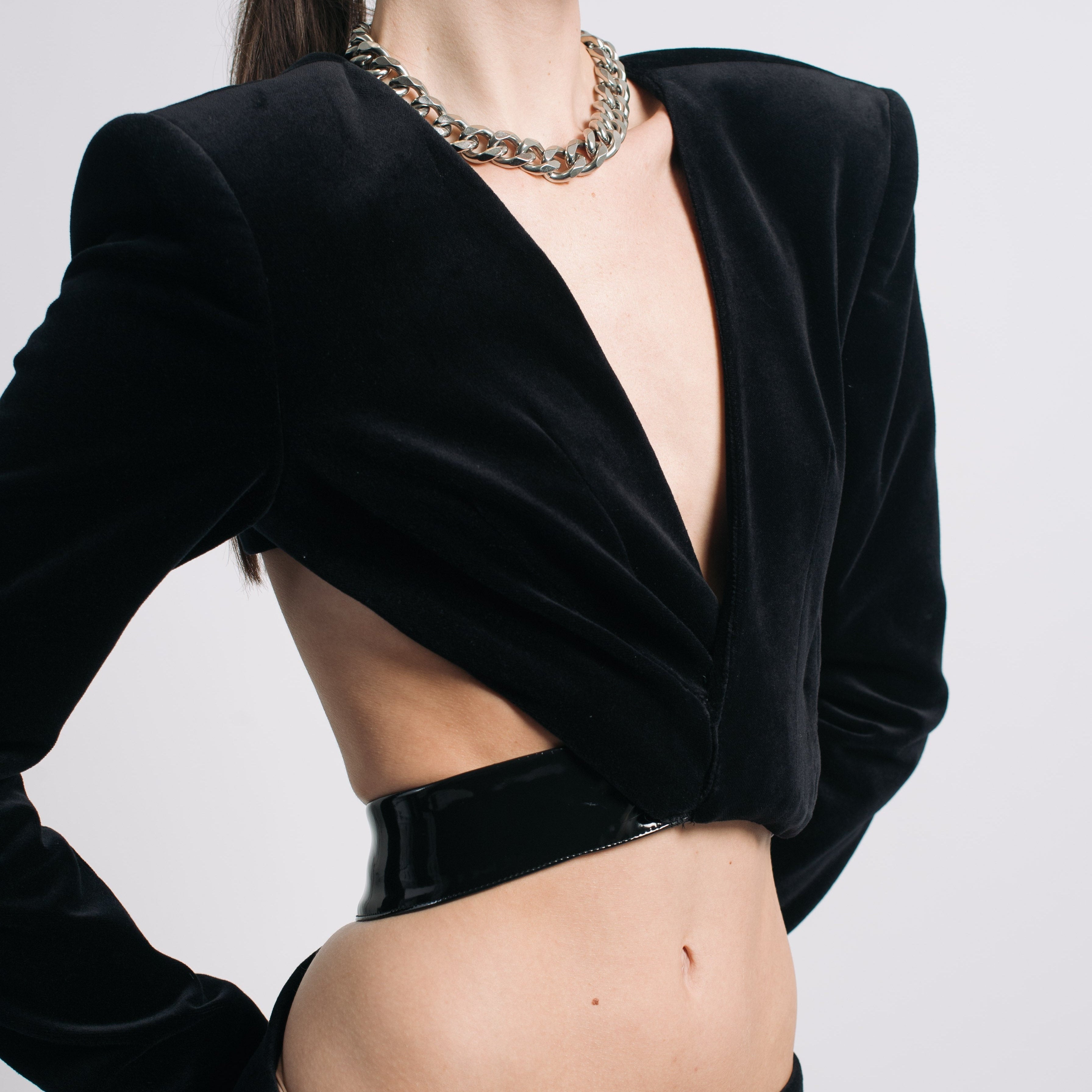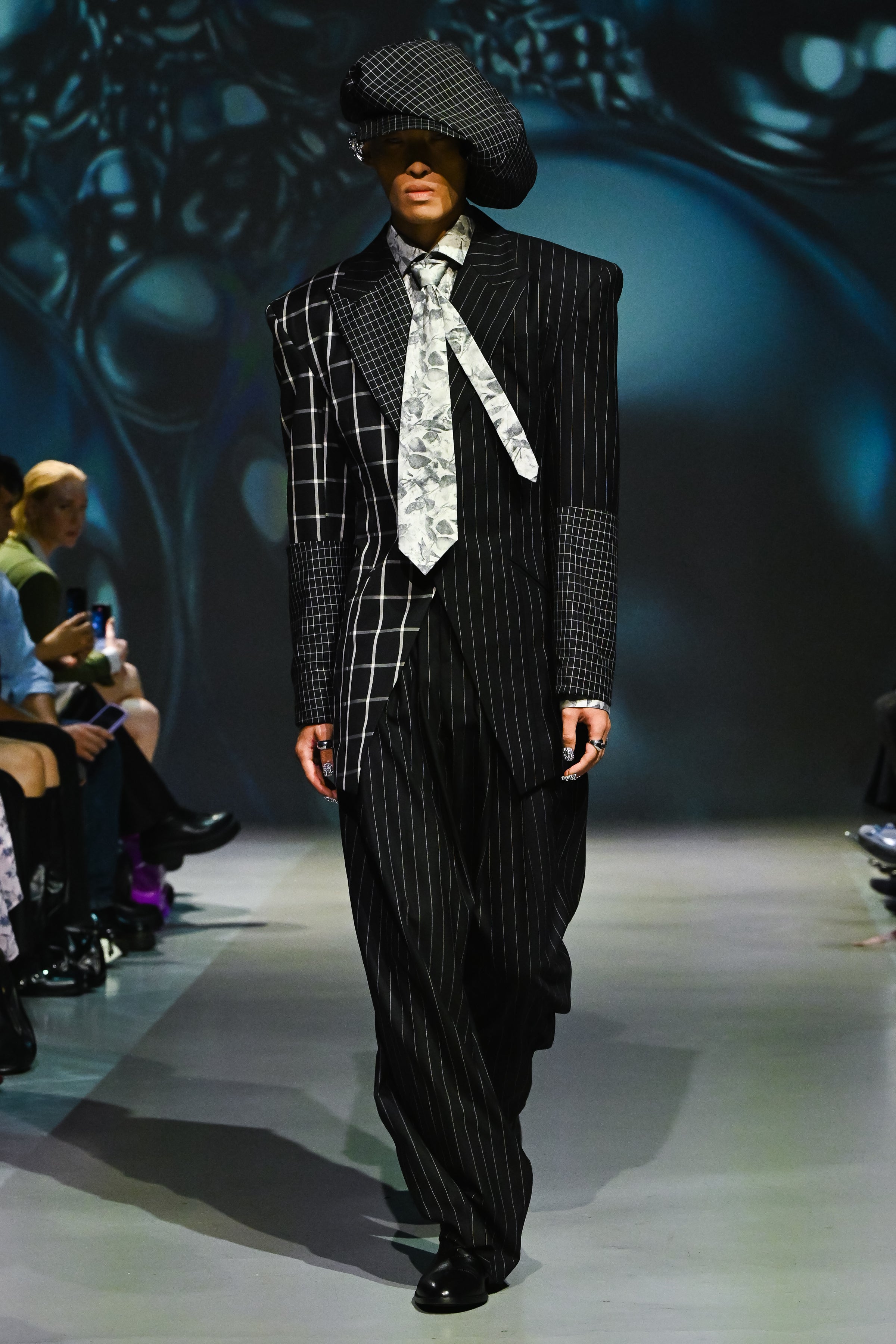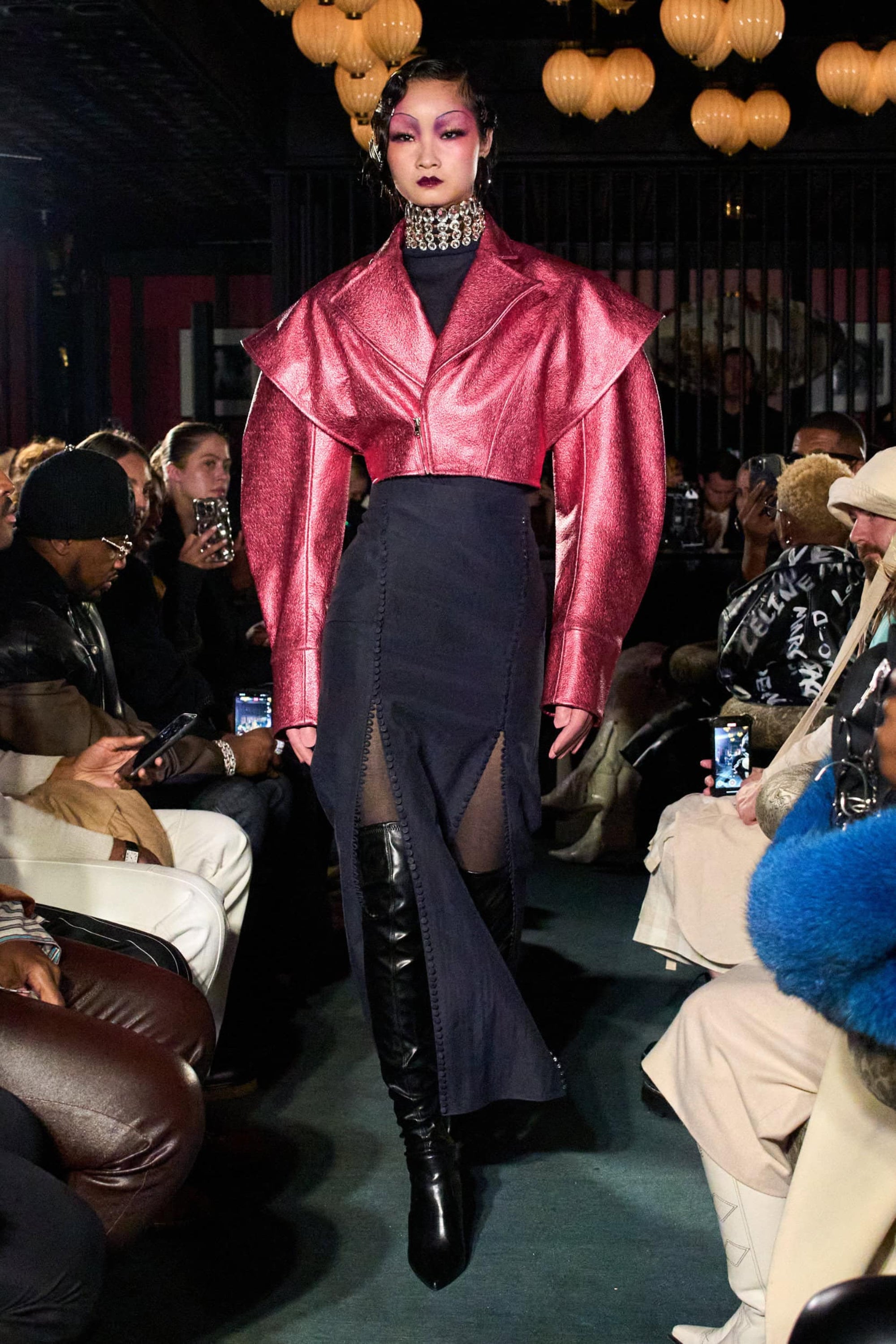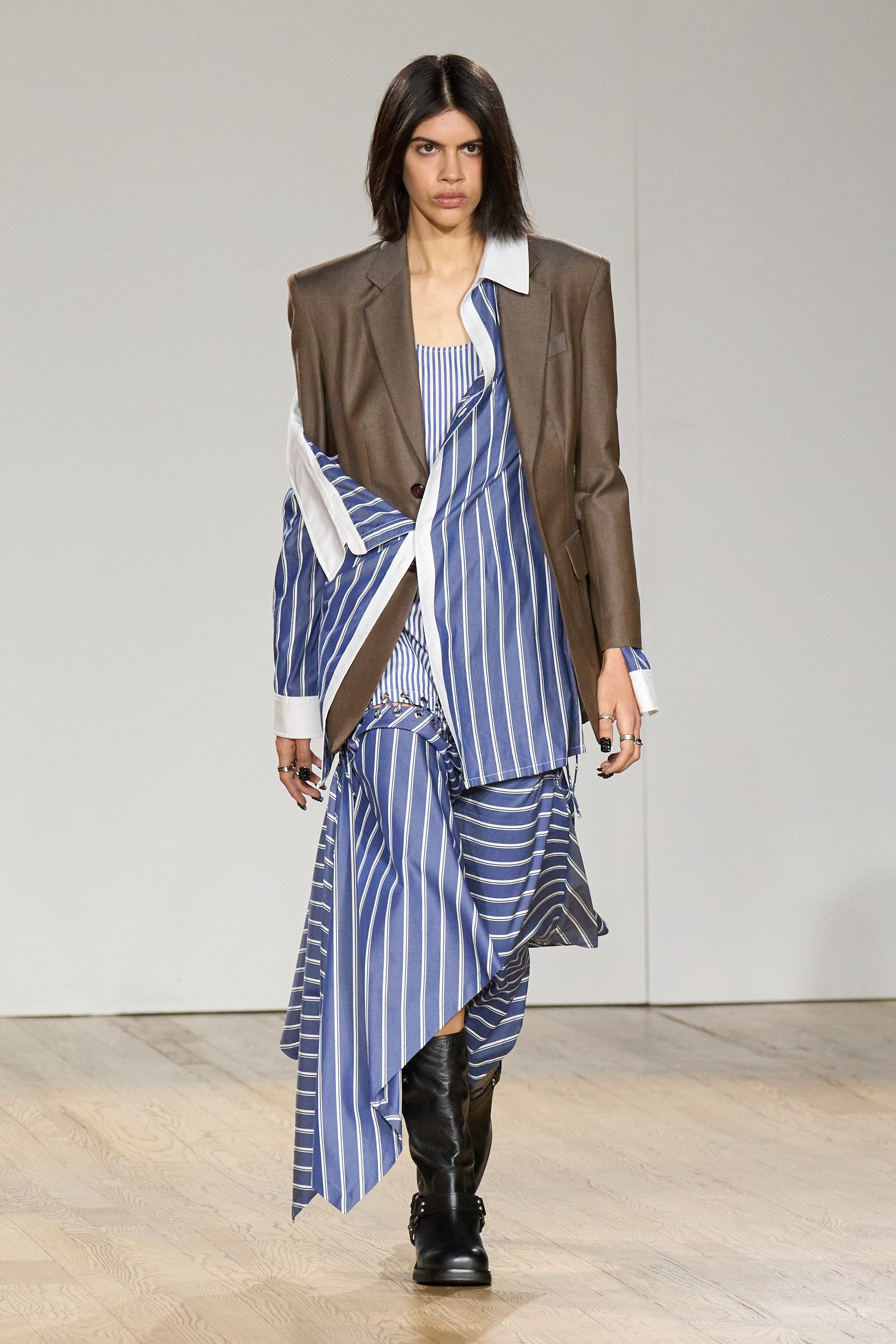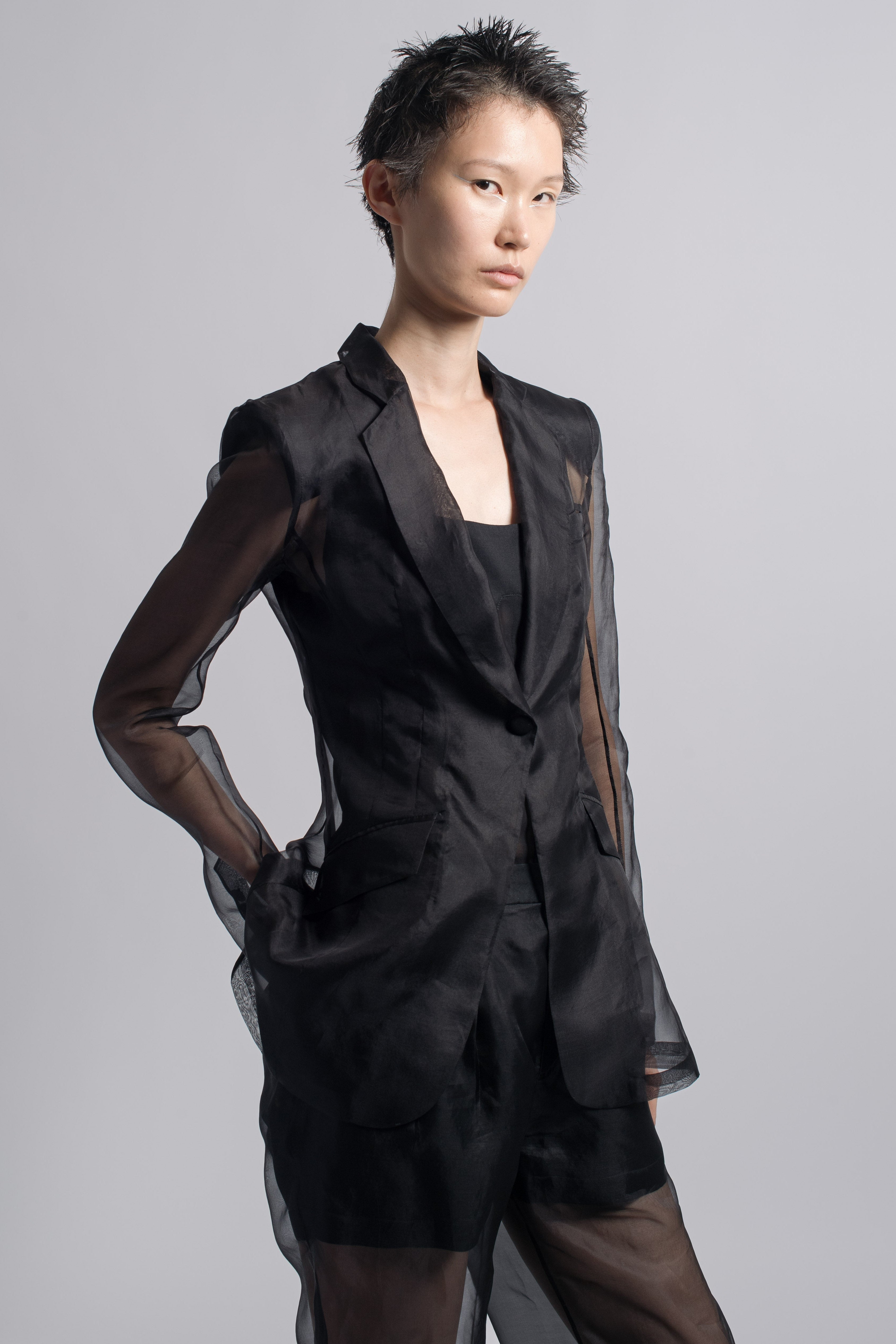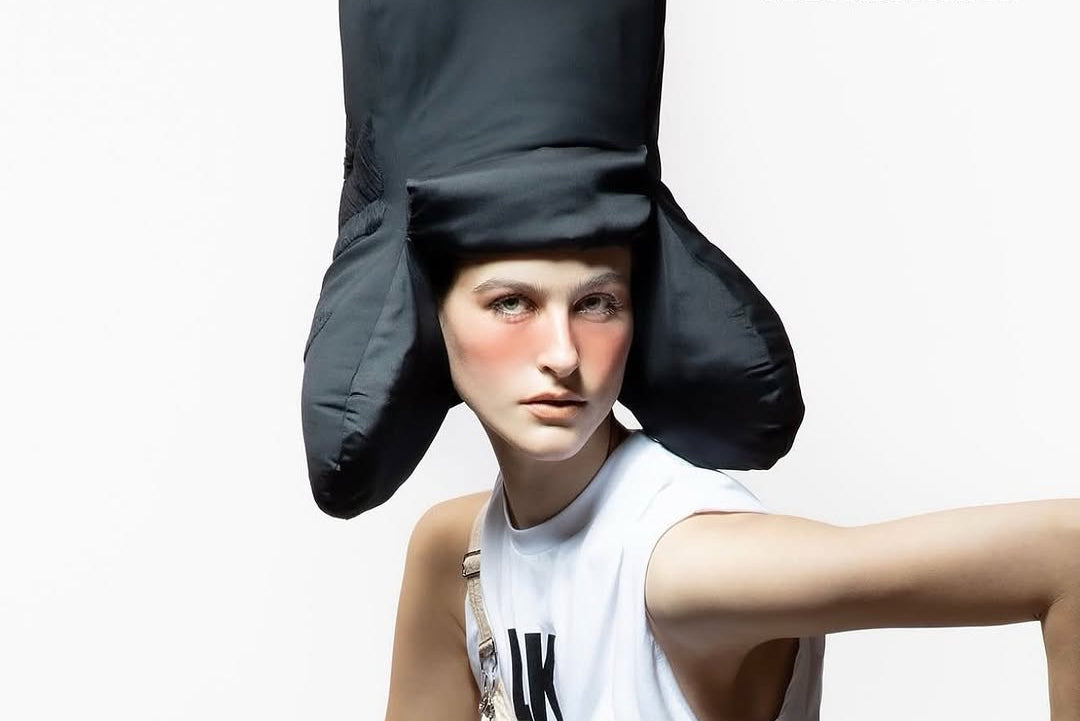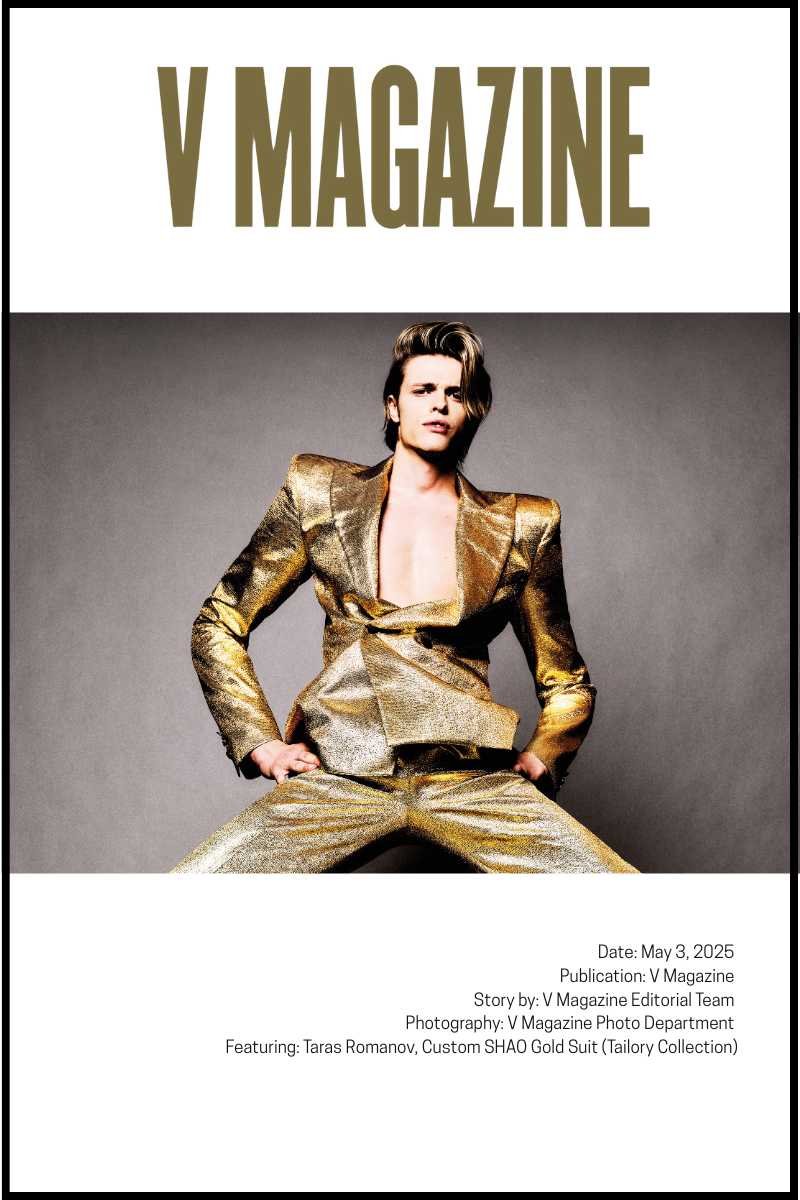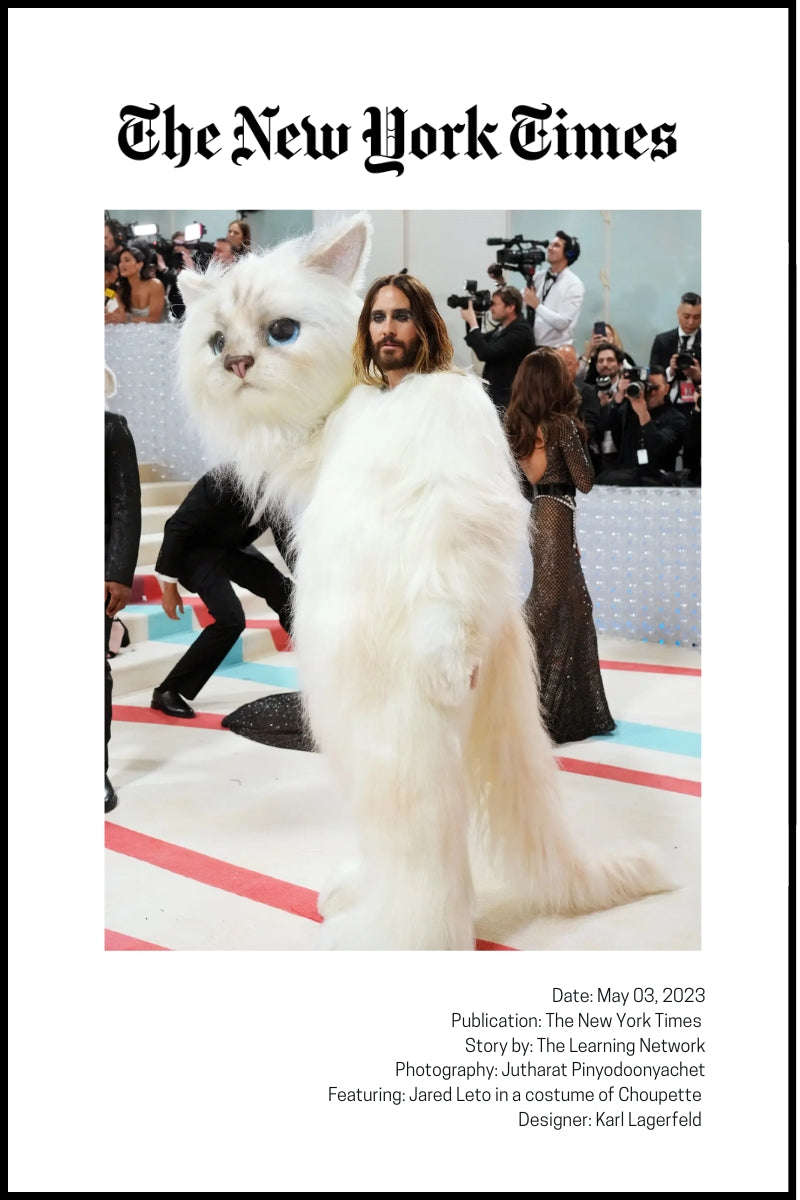Regional Media Playing by Different Rules
GQ Mexico operates with editorial independence that challenges traditional fashion hierarchies in ways most people miss. They're not just executing translated content strategies from American GQ; they're building their own version of cultural authority that doesn't require validation from Paris Fashion Week or Milan showrooms.
When they decide to spotlight Venezuelan musicians wearing New York designers, they're making editorial moves that assert their right to define what matters culturally within their own territory. It's refreshing to see regional media engaging international creative communities as equals rather than secondary markets consuming primary cultural production from established luxury centers.
The behind-the-scenes format reinforces this organic quality. BTS coverage reveals how fashion actually functions within creative contexts versus polished editorial presentations designed to maintain established hierarchies. You get to see the real interactions, the actual appreciation, the genuine cultural exchange that happens when creative people connect over shared aesthetic values.
This kind of regional perspective brings insights that American or European publications couldn't provide because they lack the specific cultural positioning that makes this collaboration interesting rather than simply exotic. GQ Mexico covering Venezuelan musicians wearing New York design generates layered cultural dialogue that wouldn't exist if any single cultural territory dominated the conversation.
Music as Cultural Research
Rawayana's SHAO choice reveals how contemporary musicians approach fashion as cultural research rather than simple brand endorsement. Traditional music industry fashion operated through clear transactional relationships—luxury brands provided clothing in exchange for visibility, creating promotional partnerships that served commercial rather than artistic purposes.
This feels different. Musicians increasingly use fashion choices to explore identity questions and aesthetic positioning that extend beyond immediate commercial considerations. Rawayana wearing SHAO suggests genuine appreciation for cultural synthesis methodologies that mirror their own musical approach—blending Venezuelan folk traditions with electronic production techniques while maintaining authentic cultural grounding.
The BTS documentation captures this research quality by showing fashion integrated into creative process rather than existing as external promotional decision. You see fashion functioning as collaborative creative medium within music creation contexts, suggesting musicians approach fashion as artistic tool rather than simple aesthetic enhancement.
This research approach reflects broader changes where artists build audiences through authentic cultural positioning rather than manufactured commercial appeal designed to access specific demographic markets. Rawayana's international success operates through genuine cultural fusion that resonates across multiple territories because it emerges from authentic cultural experience rather than strategic market positioning.
Venezuelan Cultural Export Beyond Crisis Narratives
Venezuelan musicians currently navigate complex international contexts where political situations often overshadow artistic contributions, creating pressure to either avoid cultural specificity or perform stereotypical identity for international audiences expecting familiar references or political commentary.
Rawayana's approach maintains Venezuelan cultural grounding while engaging international creative communities through shared aesthetic values rather than exotic cultural performance. Their fashion choices represent conscious cultural positioning that prioritizes authentic creative dialogue over traditional luxury association strategies.
This positioning matters because Venezuelan cultural production deserves recognition for artistic merit rather than being reduced to political crisis narratives or stereotypical representations that obscure actual creative contributions. Musicians like Rawayana function as unofficial cultural ambassadors representing Venezuelan creativity within international markets that often miss the sophistication and innovation happening within Latin American cultural production.
The SHAO collaboration demonstrates this balanced approach by connecting Venezuelan artistic identity with international creative communities through genuine appreciation for authentic fusion techniques rather than promotional partnerships designed to access broader markets through surface-level cultural borrowing.
GQ Mexico's documentation provides cultural framework that positions this collaboration within broader Latin American cultural production extending beyond immediate political or economic circumstances, treating Rawayana as serious artistic voices whose fashion choices reflect cultural positioning rather than simple aesthetic preferences.
Technical Cultural Synthesis vs. Aesthetic Borrowing
Both Rawayana's musical methodology and SHAO's design approach require deep cultural fluency and technical expertise that enables genuine fusion rather than cosmetic cultural referencing. This shared commitment to authentic cultural synthesis creates natural artistic alignment that transcends typical celebrity fashion partnerships.
The BTS documentation captures technical aspects of how fashion functions within musical creative contexts—how clothing choices affect performance dynamics, visual presentation, and artistic identity formation. It's not just aesthetic enhancement; it's collaborative creative medium contributing to overall artistic vision.
This technical approach distinguishes authentic cultural synthesis from surface-level international collaboration that borrows cultural elements without understanding underlying contexts or creative methodologies. Both creative identities navigate questions about authentic cultural fusion versus superficial borrowing, creating work that emerges from genuine multicultural experience.
The documentation reveals how technical cultural fluency translates into specific creative decisions—construction choices, aesthetic references, performance considerations that emerge from authentic cultural understanding rather than strategic positioning designed to maximize commercial appeal or access demographic markets.
GQ Mexico's behind-the-scenes approach provides evidence for assessing whether cultural synthesis represents genuine innovation or simply aesthetic borrowing applied to familiar creative frameworks. You can see the difference between authentic appreciation and manufactured collaboration designed to serve promotional objectives.
Digital Culture and Authentic Cultural Exchange
The cross-platform coverage—GQ Mexico documentation plus Rawayana's own social media presentation—reflects contemporary digital culture conditions where authentic cultural exchange occurs through multiple channels simultaneously rather than depending on single institutional authorities or traditional gatekeeping systems.
This multi-platform approach allows cultural dialogue that emerges from participant perspectives rather than external editorial interpretation, creating more authentic documentation that reflects actual creative relationships rather than manufactured promotional narratives designed to serve commercial interests.
Digital distribution enables direct cultural connection between Venezuelan musicians, Mexican media, New York design, and international audiences without requiring validation from traditional fashion industry authorities or established luxury brand systems that might compromise cultural authenticity for commercial considerations.
The authentic cultural exchange quality distinguishes this coverage from traditional celebrity fashion documentation that typically serves promotional purposes rather than documenting genuine cultural dialogue or creative collaboration emerging from shared aesthetic values and authentic cultural appreciation.
This direct cultural exchange model represents broader changes in how authentic cultural synthesis occurs within digital environments that enable genuine creative collaboration across multiple cultural territories and commercial systems simultaneously, capturing cultural dialogue in formation rather than presenting finished promotional results.
Latin American Cultural Production Evolution
Rawayana's fashion positioning represents broader Latin American creative economies that increasingly operate through international cultural dialogue rather than regional isolation or dependence on North American and European cultural validation for commercial success or artistic legitimacy.
This evolution reflects changes in Latin American cultural export where artists build international audiences through authentic cultural expression rather than modified cultural performance designed to appeal to international expectations or stereotypical representations that compromise cultural authenticity for commercial accessibility.
The SHAO collaboration demonstrates this authentic approach by connecting Venezuelan artistic identity with international creative communities through shared aesthetic values and technical approaches to cultural synthesis rather than promotional partnerships designed to access specific demographic markets through manufactured cultural connections.
GQ Mexico's documentation positions this collaboration within broader conversations about Latin American cultural production and international creative dialogue that recognizes artistic authenticity rather than reducing cultural identity to commercial promotional opportunities or exotic cultural performance designed to appeal to international audiences through stereotypical references.
This cultural positioning enables authentic international cultural exchange that serves artistic vision rather than commercial promotional objectives, creating opportunities for genuine cultural dialogue that contributes to broader conversations about contemporary cultural synthesis and authentic international creative collaboration within global creative economies that increasingly reward cultural authenticity over manufactured international appeal.
The coverage illuminates how contemporary Latin American artists navigate international cultural contexts while maintaining authentic cultural grounding, creating work that emerges from genuine cultural experience rather than strategic positioning designed to maximize commercial appeal through cultural performance or appropriation strategies that compromise artistic integrity.
The questions this moment raises—about authentic international collaboration, regional media authority, and Latin American cultural production—point toward broader possibilities for how cultural exchange functions when it emerges from genuine artistic appreciation rather than manufactured commercial partnerships designed to serve promotional objectives.
Cited Sources:
-
GQ Mexico Instagram. "BTS of Rawayana member wearing SHAO." April 28, 2025. https://www.instagram.com/reel/DI9zPDoPGD4/
-
Rawayana Instagram. "BTS of Rawayana member wearing SHAO." April 28, 2025. https://www.instagram.com/reel/DI9zPDoPGD4/
